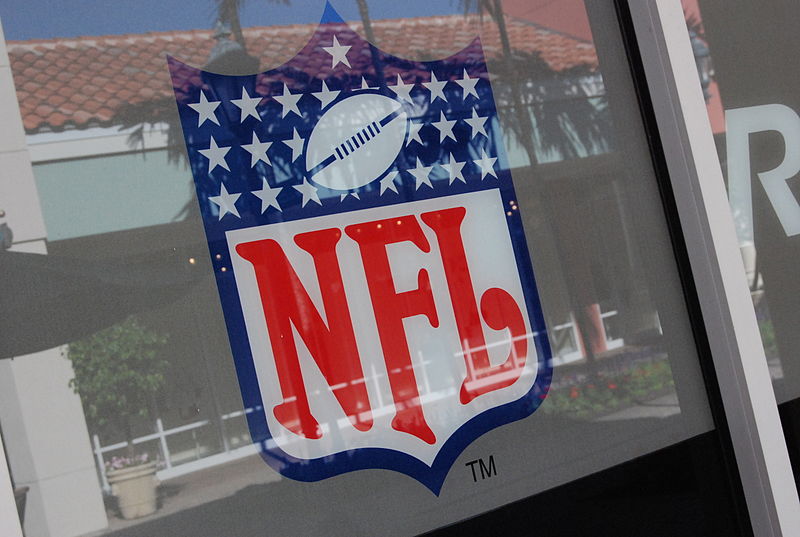fromwww.fourfourtwo.com
20 hours agoRanked! The 20 best defensive midfielders in the world
These days, the best defensive midfielders in the world tend to be specialists who stay deeper in the engine room. But this was never the case 30 years ago: midfielders tended to chip in to do a little of everything, getting forward when needed and tracking back in reverse. As the role of a DM evolves, it's not unusual that some of the best players in the world right now play at the base of a midfield, given that it's a position that you need vision, awareness and a high IQ so let's delve into what makes a world-class no.6 in 2025.
Soccer (FIFA)
















